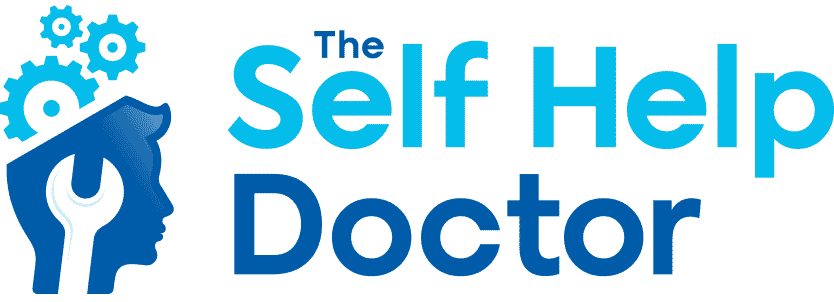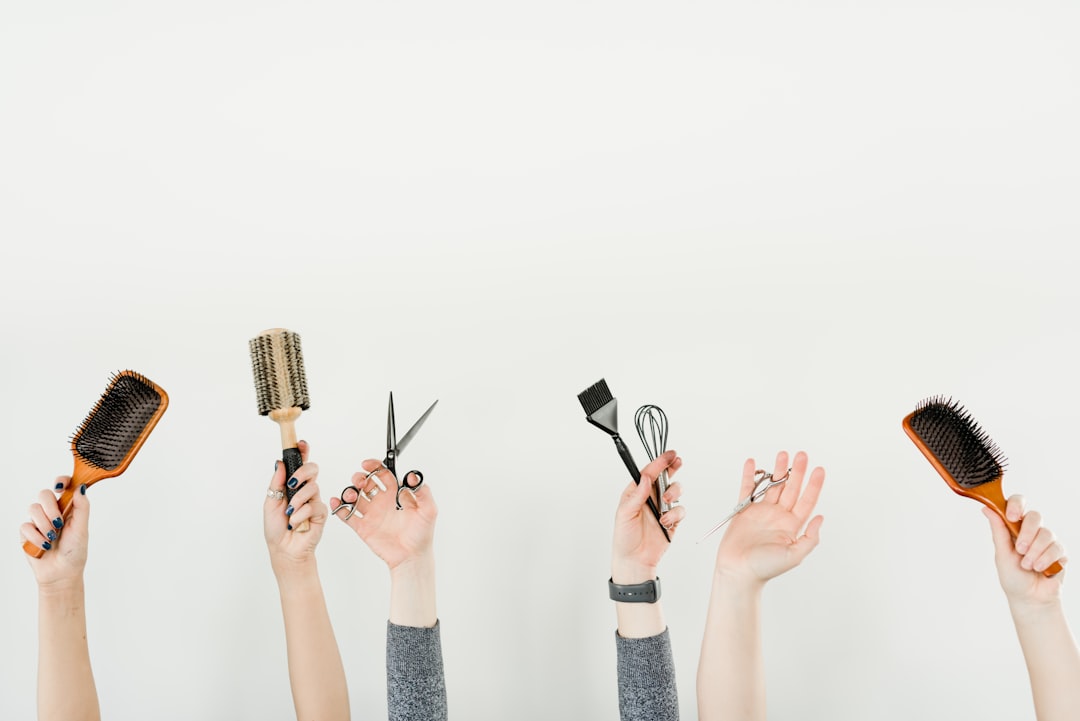Impact of Trichotillomania on Daily Life

Recognizing the Signs: Is Trichotillomania Impacting Your Work and Relationships?
Living with trichotillomania can feel like an invisible weight, quietly influencing every corner of your life. From the subtle moments at work when concentration falters, to the deeper connections with loved ones that may seem strained, the effects of hair pulling on life are profound yet often hidden. Recognizing how trichotillomania affects life is the first step towards breaking free from its grasp. Whether it’s the social anxiety that accompanies this behavior or the instinct to hide trichotillomania from others, these daily struggles can create a challenging cycle. By understanding the signs and their impact on your work and relationships, you can begin to reclaim control and find hope in self-help recovery. ##Understanding Trichotillomania
Trichotillomania, a complex behavioral disorder, involves the irresistible urge to pull out one’s hair. This section explores the emotional triggers, habits, and underlying mechanisms of compulsive hair pulling.
Emotional Triggers and Habits
Trichotillomania often stems from deep-seated emotional triggers. Stress, anxiety, and boredom are common catalysts for hair-pulling episodes.
People with trichotillomania may find temporary relief or satisfaction from the act of pulling, creating a cycle of behavior that’s hard to break. This habit can become so ingrained that it occurs subconsciously, especially during idle moments or times of heightened emotion.
The emotional aftermath of hair pulling can include guilt, shame, and frustration, further complicating the disorder. Understanding these triggers is crucial for managing trichotillomania effectively.
Signs Trichotillomania Affects Life
Trichotillomania can have far-reaching effects on various aspects of daily life. This section examines how the disorder impacts work, relationships, leisure activities, and overall social interactions.
Impact on Work
Trichotillomania can significantly affect work performance and professional relationships. The constant urge to pull hair can disrupt concentration and productivity.
Visible hair loss may lead to self-consciousness, affecting confidence in professional settings. This can result in avoiding important meetings or presentations, potentially hindering career growth.
Time spent on hair pulling or covering up its effects can also eat into work hours, leading to decreased efficiency. Understanding these workplace challenges is crucial for developing coping strategies.
Impact on Relationships
Trichotillomania can strain personal relationships, often due to misunderstanding and secrecy. Partners or family members may struggle to comprehend the compulsion, leading to frustration or conflict.
The shame associated with hair pulling can cause individuals to withdraw from social interactions, potentially damaging existing relationships and making it difficult to form new ones.
Open communication about trichotillomania with loved ones is vital. It can foster understanding and support, which are crucial for managing the disorder and maintaining healthy relationships.
Impact on Leisure
Leisure activities can be significantly affected by trichotillomania. The disorder may limit participation in sports or activities where hair loss might be noticeable.
Swimming, for example, can become a source of anxiety due to visible patches. This can lead to avoiding enjoyable activities, potentially impacting overall quality of life.
Finding alternative leisure activities or developing strategies to manage trichotillomania during recreation is important for maintaining a balanced lifestyle.
Daily Struggles and Social Anxiety
Living with trichotillomania often involves daily struggles and heightened social anxiety. The constant worry about being “discovered” can be emotionally draining.
Social situations may become sources of stress, with individuals fearing judgment or ridicule. This can lead to isolation and avoidance of social gatherings.
Managing these daily challenges is crucial for overall well-being. Developing coping mechanisms and seeking support can help in navigating social situations more comfortably.
Steps Towards Self-Help Recovery
Recovery from trichotillomania is possible with the right approach. This section outlines key steps in the self-help journey, focusing on recognizing patterns, building supportive habits, and utilizing specialized resources.
Recognizing Patterns and Triggers
Identifying personal triggers and patterns is a crucial first step in managing trichotillomania. Keep a journal to track hair-pulling episodes, noting time, location, and emotional state.
Look for common themes or situations that precede hair pulling. Are you more likely to pull when stressed, bored, or watching TV? Understanding these patterns can help in developing targeted prevention strategies.
Be patient with yourself during this process. Recognizing patterns takes time and self-reflection, but it’s a valuable tool in gaining control over the behavior.
Building Supportive Habits
Developing supportive habits is key to managing trichotillomania. Start by creating a routine that includes stress-reduction techniques like deep breathing or meditation.
Find alternative activities for your hands, such as stress balls or fidget toys. These can help satisfy the urge to keep hands busy without resorting to hair pulling.
Regular exercise and a balanced diet can also play a role in managing stress and improving overall well-being, potentially reducing the frequency of hair-pulling episodes.
Treatment strategies such as Cognitive Behavioral Therapy (CBT) can help you to reduce stress, increase tolerance, and effectively relieve tension that can build up and promote the urge to pull.
Overcoming Trichotillomania Without the Help of a Therapist
Self-help courses can offer structured guidance for managing trichotillomania. Dr. Ohad’s self help course combines stress-reducing cognitive-behavioral techniques along with practical strategies for habit reversal.
Key components of effective self-help courses include:
- Education about the underlying causes of trichotillomania
- Techniques for identifying and managing stress-inducing triggers
- Strategies for replacing hair-pulling behaviors with more adaptive tension-release behaviors
- Methods for building self-awareness and mindfulness
Engaging in a self-help course can provide the tools and support needed to make significant progress in overcoming trichotillomania.
Learn more about overcoming Trichotillomania on your own here.







